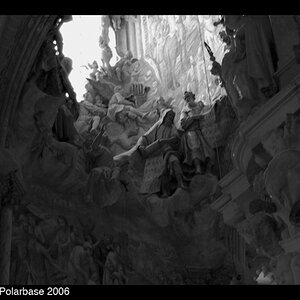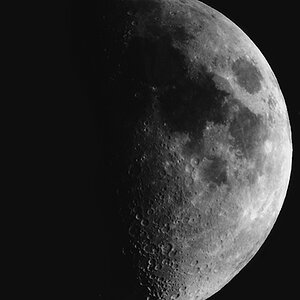DOF is the distance to the perfect focus that still remain clear.
From what I see, whether things still stay in focus has to do with whether the light that goes to the retina converge or appear to be converged (scattered but the scattered light is not sensed by another cell).
Yes, the size of your pupil can change the blur radius because of how much wider the light can go in and scatter to more area.
But I don't see how it makes more things stay in focus since light still get scattered no matter the size of your pupil.
From what I see, whether things still stay in focus has to do with whether the light that goes to the retina converge or appear to be converged (scattered but the scattered light is not sensed by another cell).
Yes, the size of your pupil can change the blur radius because of how much wider the light can go in and scatter to more area.
But I don't see how it makes more things stay in focus since light still get scattered no matter the size of your pupil.










![[No title]](/data/xfmg/thumbnail/37/37602-1ef8dbb1c2d0e4ff347ee65d328c3603.jpg?1619738147)

![[No title]](/data/xfmg/thumbnail/30/30890-45d8875af0c79f0f727d7d55132972b0.jpg?1619734501)
